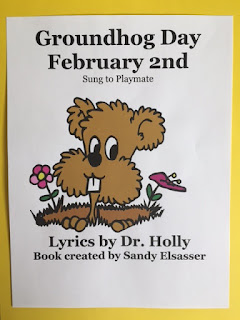Although some might think that science and math are the opposite art, both involve a “process” and a “product.” Both require students to think creatively and critically. STEAM is also complimentary to the 4 C’s of 21st Century Skills: creativity, collaboration, critical thinking, and communication.
After over 4 decades as an educator, I see shadows of the integrated curriculum, constructivism, as well as the project approach in STEAM. I also see STEAM as providing a balance to our obsession with skills and standardized tests.
http://www.primetimepbc.org/steam-initiative#1
Take a look at some of the projects below. Couldn’t you use one of these instead of a test or worksheet to extend a story or a unit of study? These projects would also provide children with the opportunity to collaborate with a partner or small group.

Art
Class quilt
Mural
Puppets (stick, paper bag, paper plate, sock, coat hanger, envelope)
Sculpture (mold with clay or play dough)
Invention
Create a board game
Poster or collage
Mobile or windsock
Mini Museum
Class chef
Drama
Skit or play
Role play
Pantomime and charades
Debate
Recitation
Rap or song
Dance
Mask or costume






















































